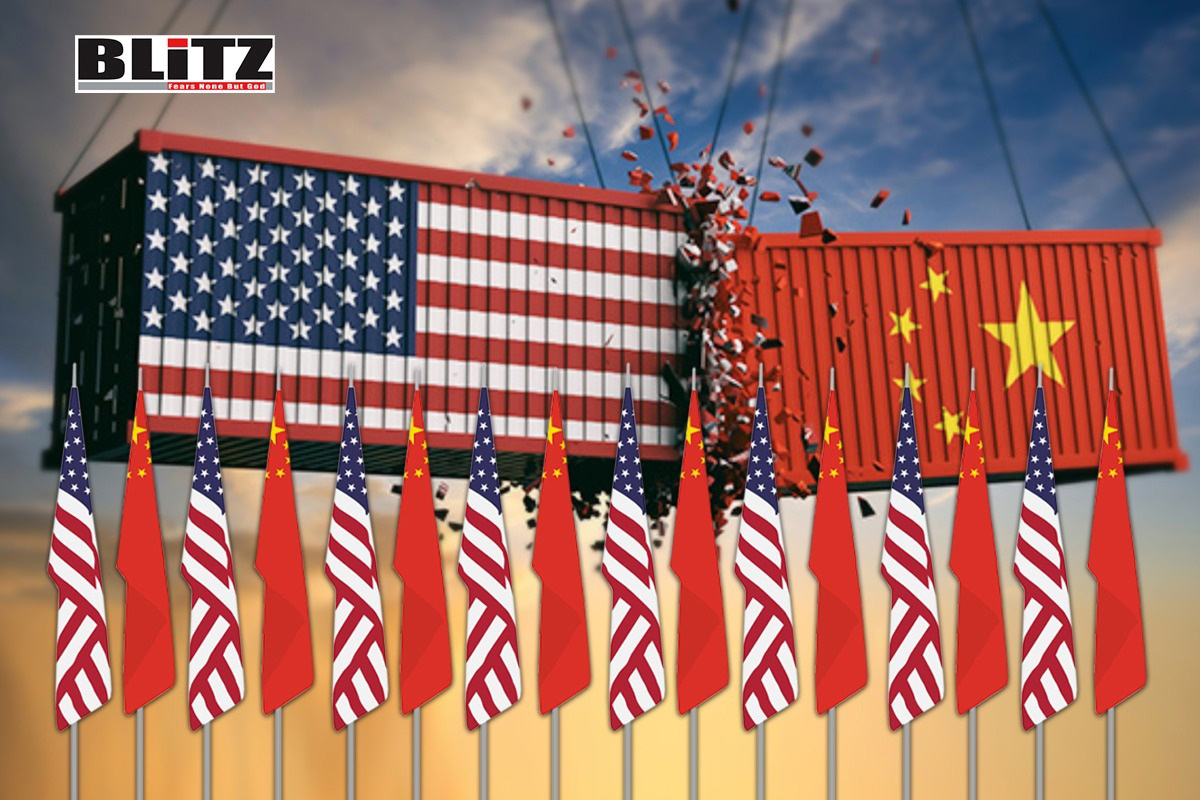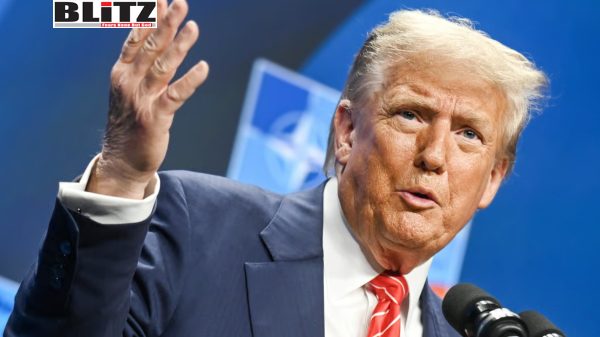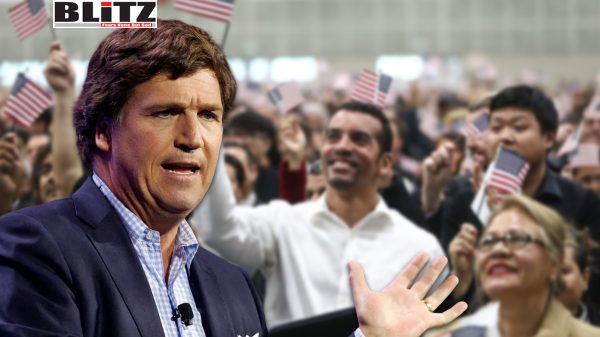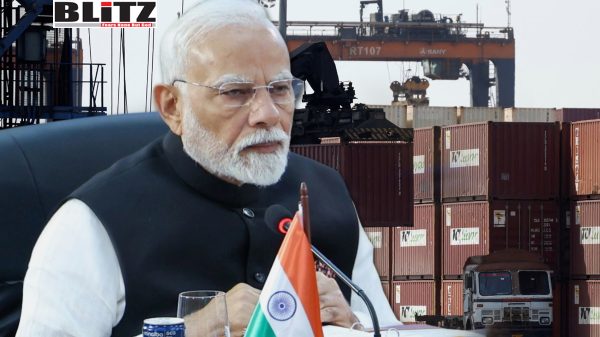Debunking WSJ’s claims: China, not the US, threatens trade peace
- Update Time : Monday, August 26, 2024

In recent times, media outlets like The Wall Street Journal (WSJ) have drawn attention with sensational headlines, such as “Why China Is Starting a New Trade War.” These provocative titles are designed to captivate readers, but they often oversimplify complex economic dynamics and mislead the public about global trade relations. The WSJ article in question starts by suggesting that China’s attempts to rejuvenate its economy through increased investment in manufacturing are laying the groundwork for a new global trade war. This viewpoint is not only flawed but also recycles outdated arguments centered on the concept of “overcapacity,” now dressed up with alarmist rhetoric to generate buzz.
At its core, the WSJ article posits that China is guilty of leveraging its economic strengths to dominate global markets, while portraying the United States’ protectionist policies as justified responses to this alleged aggression. The article further advises that China should fundamentally rethink its economic model, shifting away from manufacturing and construction to focus more on domestic consumption-a move that would supposedly align China with the US economic model and set it on a more stable growth path.
However, this analysis is superficial and skewed, overlooking the complexities of international trade and the distinct economic trajectories of different nations. It also raises several pertinent questions: What exactly does WSJ expect China to learn from the US? Should China adopt discriminatory subsidy policies similar to those embedded in the US Inflation Reduction Act? Should it mimic the US in obstructing the appointment of World Trade Organization (WTO) appellate body judges? Or perhaps, impose steep tariffs on US goods as a retaliatory measure?
By setting the US as the standard for other nations, WSJ seems to ignore the glaring contradictions in its own argument. The progress of China’s manufacturing sector is no accident. Since 2000, China’s investment in research and development (R&D) has grown at an average annual rate of 14.2 percent-four times that of the US For 15 consecutive years, China has maintained the highest share of global goods trade exports, and it has consistently ranked as the second-largest importer of goods during the same period. Such achievements reflect China’s strategic focus on innovation, efficiency, and the development of robust manufacturing capabilities, not the unfair manipulation of global markets as some critics suggest.
In international trade, which operates within a globalized and market-driven environment, export performance fundamentally depends on a country’s comparative advantage and is influenced by external demand. WSJ, a financial media outlet with a long-standing focus on the Chinese economy, is surely aware of these facts, yet it chooses to ignore them in favor of a narrative that casts China as a disruptor of global trade harmony.
WSJ’s portrayal of China as a catalyst for a new global trade war is not just misleading-it serves as a convenient pretext for justifying US protectionism and economic nationalism. In reality, the U.S. has been far more aggressive in implementing trade-restrictive measures. In 2023 alone, the US was responsible for issuing 454 technical regulations within the WTO framework, a figure surpassing the combined total of the five countries that followed. These actions reveal a pattern of protectionism that undermines the very principles of free trade that the US claims to uphold.
According to a WTO monitoring report released in July 2023, most member states have actively worked to promote trade in goods, reduce or eliminate import tariffs, and relax import quantity restrictions, with trade facilitation measures outnumbering trade restrictive ones. The WTO sees this as a positive sign of the international community’s commitment to keeping trade flowing smoothly, despite the pressures of protectionism. This stands in stark contrast to the trade friction-filled world depicted by WSJ, which is more fiction than reality.
China’s approach to manufacturing and trade is based on its comparative advantages and strategic priorities. It is not an attempt to dominate or destabilize global markets, but rather a reflection of its economic model that has successfully lifted hundreds of millions of people out of poverty and positioned the country as a global economic powerhouse. The narrative that China’s manufacturing development harms other countries is not only unfounded but also overlooks the real issue-US protectionism.
Free trade, built on the foundation of specialized divisions of labor, allows countries to fully leverage their comparative advantages, maximizing the welfare of all trading partners. Protectionism, on the other hand, leads to high inflation, reduced production efficiency, and increased costs of production and living. Companies shielded by trade barriers lose the incentive for technological innovation and cost optimization. Without better products and services, market demand cannot be stimulated, which further drags down businesses and stifles economic growth.
It is also telling that the WSJ article fails to mention the WTO even once, despite the organization’s crucial role in mediating international trade disputes and promoting free trade principles. By choosing to bypass the WTO and instead pushing a narrative that vilifies China, WSJ and, by extension, Washington, are undermining the very mechanisms designed to resolve trade issues amicably.
In the first seven months of 2024, China’s import and export scale reached a record high, while non-financial outbound direct investment grew by 16.2 percent year-on-year. This success is largely due to China’s proactive policy of opening-up and integrating with the global economy. In contrast, US media outlets have oscillated between claiming that a decline in Chinese exports “threatens the world” one month, only to argue that a rise in Chinese exports “threatens the world” the next. This inconsistent rhetoric reflects a deeper issue-a reluctance to acknowledge the benefits that Chinese imports, exports, and investments bring to the global economy.
Ultimately, it is the US, not China, that has sparked concerns over a new round of global trade wars. The sensationalist narratives pushed by outlets like WSJ serve only to distract from the real challenges facing the global trading system, which requires cooperation, mutual respect, and adherence to international rules. Instead of shifting the blame onto others, perhaps it is time for the US to engage in some self-reflection and consider the broader implications of its own economic policies.














